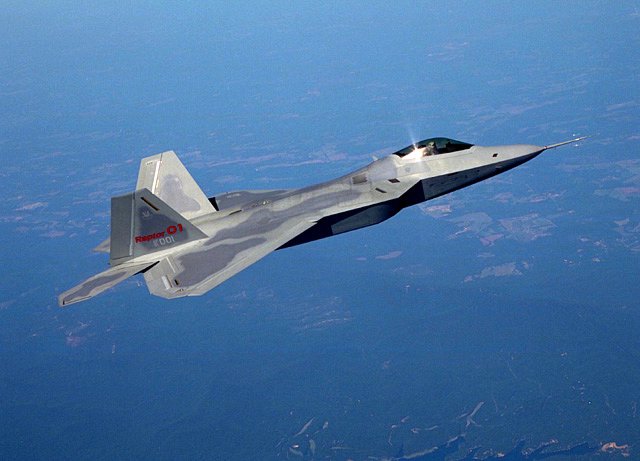Flight
Mechanics
 Non-conventional configuration aircraft Prof. Prandtl showed
that the lifting system with minimum induced drag is box-shaped;
the lift distribution on the horizontal wings is the superposition
of a constant and an elliptical parts, and is butterfly shaped
on the vertical wings. The research activity aims at designing
aircraft with low induced drag, in which the problems of Structures,
Flight Mechanics, Aerodynamics and Controls, Flutter, ecc. can
be solved. A national research, coordinated by Pisa University,
was financed by the Italian Ministry of University, in collaboration
with the Universities of Roma "La Sapienza", Roma3,
Turin and Milan. The research is focused on the development
of 600 seat large aircraft cathegory. Other activities regard
the development of very small an UAV aircraft with the same
configuration.
Non-conventional configuration aircraft Prof. Prandtl showed
that the lifting system with minimum induced drag is box-shaped;
the lift distribution on the horizontal wings is the superposition
of a constant and an elliptical parts, and is butterfly shaped
on the vertical wings. The research activity aims at designing
aircraft with low induced drag, in which the problems of Structures,
Flight Mechanics, Aerodynamics and Controls, Flutter, ecc. can
be solved. A national research, coordinated by Pisa University,
was financed by the Italian Ministry of University, in collaboration
with the Universities of Roma "La Sapienza", Roma3,
Turin and Milan. The research is focused on the development
of 600 seat large aircraft cathegory. Other activities regard
the development of very small an UAV aircraft with the same
configuration.
Probabilistic design of flight control systems In the context
of the present research, the control aim is posed in probabilistic
terms in the sense that it is designed to minimize (or maximize)
the probability that, for the controlled system, a given event
takes place. The main advantages with respect to a classical
methodology may be summarized as follows:
1) Deeper physical insight to the problem and availability
of more realistic results;
2) Some parameters can be modeled as random variables with
given probability functions;
3) It is possible to find the best (in a probabilistic sense)
controller in a candidate set;
4) It is possible to obtain more rational information about
the controller robustness with respect to a standard approach.
[1] Mengali G., Pieracci A. “Ride Quality of Civil
Aircraft from a Probabilistic Viewpoint” - Journal of
Guidance, Control and Dynamics, - Journal of Guidance, Control
and Dynamics, Vol. 23 No. 2, March-April 2000, pp.319-324.
[2] Mengali G., Pieracci A. “Probabilistic Approach
to Aircraft Performance Enhancement in Atmospheric Turbulence”
- Journal of Guidance, Control and Dynamics, Vol. 23 No. 3,
May-June 2000, pp.445-449.
[3] Mengali G., Pieracci A. “Probabilistic Approach
for Integrated Structural Control Design” - AIAA Journal,
Vol. 38, No. 9, September 2000, pp.1767-1769.
Fuzzy logic based flight control systems and aircraft dynamics
identification The main research aim is to define a general
methodology to design complex aircraft control systems. In
many practical situations the usage of classical and well-established
approaches, based on simplified linear analysis, provides
unsatisfactory results. This is in sharp contrast with the
long ripened experience in the field of flight control systems
where general methodologies have been fully characterized.
In this respect, well defined control structures have been
largely employed with excellent results when applied to a
number of conventional aircraft. In this context, our aim
is to try to combine a classical and valuable methodology
with a fuzzy logic based approach.
In the context of fuzzy logic, a new methodology is under
investigation to identify aircraft dynamics and extract the
corresponding aerodynamic coefficients. The approach makes
shows interesting advantages with respect to other methods
both for the physical insight of the identified model and
the simplicity to obtain accurate results with fewer parameters
to be properly tuned.
[1] Mengali G., “The Use of Fuzzy Logic in Adaptive
Flight Control Systems”, - The Aeronautical Journal,
Vol. 104 No. 1031, January 2000, pp.31-37.
[2] Mengali G., “Fuzzy Modelling for Aircraft Dynamics
Identification”, - The Aeronautical Journal, Vol. 105
No. 1051, September 2001, pp.551-555.
Low cost flight simulation A fixed base flight simulator
prototype has been developed at the Department of Aerospace
Engineering of Pisa. The requirements and specifications have
been intended to obtain a simulator with a high performance/costs
ratio, to be employed both as a research tool in the flight
mechanics area and as a training device for pilots. Important
didactical aspects have also been taken into account in the
project.
[1] Mengali G., Micheli M. “Simulation of Turbulent
Fluctuations” - AIAA Journal, Vol. 32, No. 11, November
1994, pp.2210-2216.
[2] Casarosa C., Mengali G., Pisani M. “Real Time, Low-Cost
Flight Simulation” - Making it Real, CEAS Symposium
on Simulation Technology, Delft 30-31 October 1995, Paper
LCS01.
[3] Casarosa C., Mengali G., Pisani M. “Sulla Simulazione
del Volo Mediante Simulatori di Basso Costo” - Atti
del Dipartimento di Ingegneria Aerospaziale, Pisa, ADIA 98-4,
Novembre 1998.
Development and employment of UAV The objective of the Research
Program is the study of a control system of the territory,
that may be used in the civil field, based on the employment
of aircrafts without pilot on board (UAV - Uninhabited Aerial
Vehicles). The aim of the research program can be summarized
in the following points:
1. Study of different flight configurations and test of the
corresponding flight characteristics by means of models in
scale,
2. Obtaining information about the integration of the various
systems on board and the ability to perform the mission requirements
3. Study of different (new) flight control systems to be integrated
on board.
[1] Casarosa C., Galatolo R., Mengali G., Pisani M. “L’Impiego
di UAV in Campo Civile: Problemi e Prospettive” –
Aerotecnica Missili e Spazio, Vol. 80, No. 1-2, Gennaio-Giugno
2001, pp.23-30.
[2] Casarosa C., Galatolo R., Mengali G., Quagliotti, F.,
Guglieri, Pralio B., Vinelli G. “Studio di Configurazione
di un UAV per Impiego in Campo Civile” - Atti del XVI
Congresso Nazionale AIDAA, Palermo, 24-28 Settembre 2001,
memoria n.83, pp.1-13.
|
